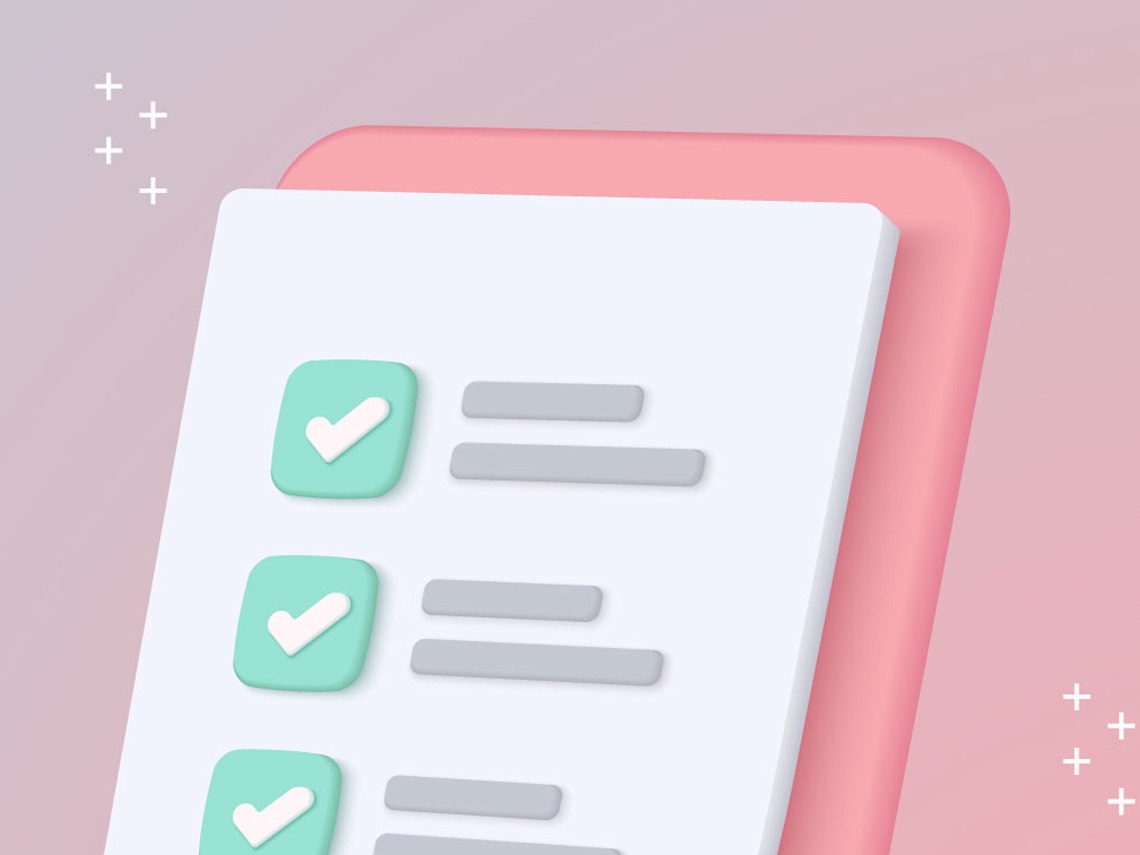Digitize Your Syllabus
Hear from Caleb Simmons on how he made his course syllabi accessible and meaningful.

After being introduced to Universal Design For Learning by Associate Vice Provost Melody Buckner and the Office of Digital Learning (now part of UCATT) several years ago, I’ve been interested in making my course syllabi more accessible and more meaningful. I experimented with several formats but was never quite satisfied with the outcome. During the 2022 UArizona Adobe Development Learning Institute, I realized that Adobe Express provided a platform through which I could create a dynamic, accessible, and convenient syllabus that I could publish online. When I was asked to pilot a new Gen Ed template in my course RELI 367: Yoga, I took the revamp opportunity to introduce the new syllabus medium. I was surprised by how easy the transition was and how well the Express webpage template aligned with the template requirements (see how it turned out here tinyurl.com/RELI367YOGA).
In practice, the results have been astounding. In class, I can see students pulling out their phones and interacting with the syllabus as we discuss our course schedule, assignments, and grading. Additionally, several students have reached out to tell me how helpful they’ve found the website-based syllabus that doesn’t require either finding the file on their computer or weaving through various layers of authentication and links on D2L. Personally, the Adobe Express syllabus has proved valuable to me as I have received noticeably fewer email inquiries that are related to information that could be found in the syllabus. In a class of almost 500 students, this shift results in a massive time savings.
For anyone revising their syllabi or thinking about ways to support student success and interaction, I encourage them to consider reaching out to the Adobe Team at UArizona (or just diving in…the interface is extremely user friendly!) and developing a dynamic web-based syllabus for their courses.
Learn more about converting your syllabus in this article by Stephanie Speicher.


